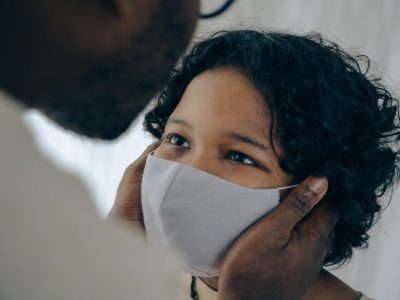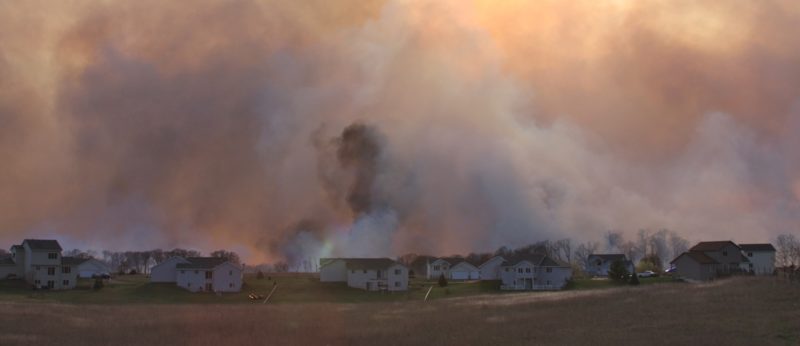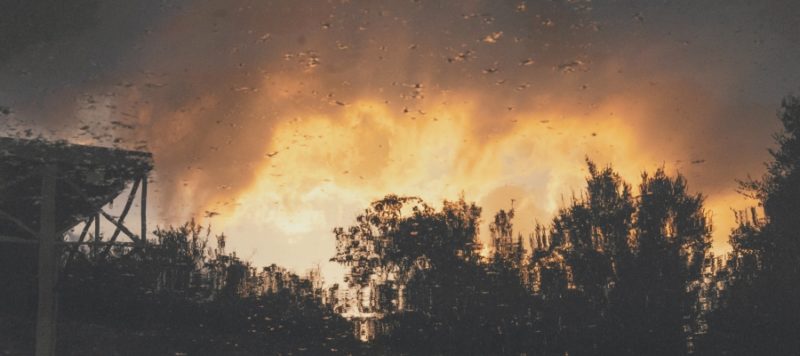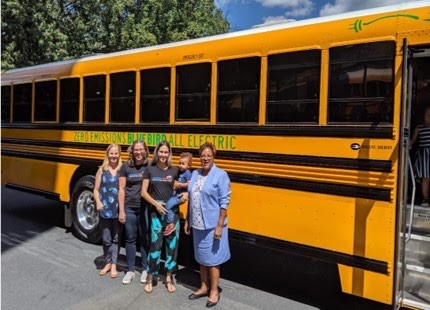COVID-19 IS DEEMED A ONCE-IN-A-GENERATION GLOBAL EMERGENCY. Yet, as dire as that designation is, we expect to successfully eliminate or greatly reduce this pandemic within the next few years. Meanwhile, there are already—and have been for decades—alarms coming from experts of another clear and present danger, enormous in scale, that threatens not only our health and our economy, but the very habitability of our planet: climate change.
Though COVID-19 is the challenge in front of us right now, demanding an immediate concentration of our efforts and resources, we cannot afford to put aside the work of addressing climate change for another time. The adverse effects of climate change are only getting worse. Indeed, our communities are now experiencing the impacts from both COVID-19 and climate change simultaneously. The challenges coming from these two fronts are compounded, and already we have seen the strain on resources like clinical staff, first responders, hospital beds and supplies in many places.
In the US, we are facing a resurgence of infections just as we enter the hot summer months. Heat waves, which kill more Americans each year than any other weather-related event, have increased in number and severity in recent decades as a result of climate change. Older adults and people with underlying medical conditions are among the groups who are most at risk from excessive heat. They are also the most hard-hit by COVID-19. Indeed, many of the same social determinants of health that lead to heat mortality are associated with inequities in COVID-19 outcomes.
Under normal circumstances, public health departments try to prevent heat-related illness and death by directing people who have no air-conditioning in their homes to go to malls, libraries, or cooling centers, and to check on the elderly and others who might be isolated indoors. But with the existing threat of COVID-19, it is necessary to ensure that people who need to go to public places in order to cool down can still practice social distancing so they don’t get infected with the virus. Although the CDC has adapted recommendations for cooling centers to include temperature checks at the door, enhanced cleaning and disinfection protocols, and physical distancing, such considerations may not be feasible at every location.
Another reality we face in California is that climate change has caused larger wildfires and longer wildfire seasons. We expect a surge in emergency room visits for asthma and other respiratory problems during a normal wildfire season. With COVID-19, our communities will need to have a strategy for dealing with overflows at emergency departments, as well as plans for getting people to evacuation and relief centers while keeping them safe from infection. Months into the pandemic, we still need to address the shortage of fitted respirators and masks, the same protective equipment that are considered vital necessities for people who live in areas choked by wildfire smoke.
Additionally, we are finding more and more evidence of the link between air pollution and higher death rates from COVID-19. Patients who live in areas with high levels of air pollution are more likely to die of the infection. Before the pandemic, an average of 21,000 Californians suffered a premature death caused by air pollution every year—a number seven times the number of fatalities from motor vehicle crashes. Eight out of ten Californians, or 32 million people, live in counties with unhealthy air pollution levels. The need for policies that help reduce greenhouse gas emissions and improve air quality is more critical than ever.
COVID-19 only adds urgency to the need to address climate change. We have experienced the uphill battle that has resulted from a late and fragmented response to the global pandemic. It would be a mistake to “wait and see” when it comes to climate change, especially with experts sounding alarms about the accelerating danger in front of us. We must act now to protect everyone’s health.







